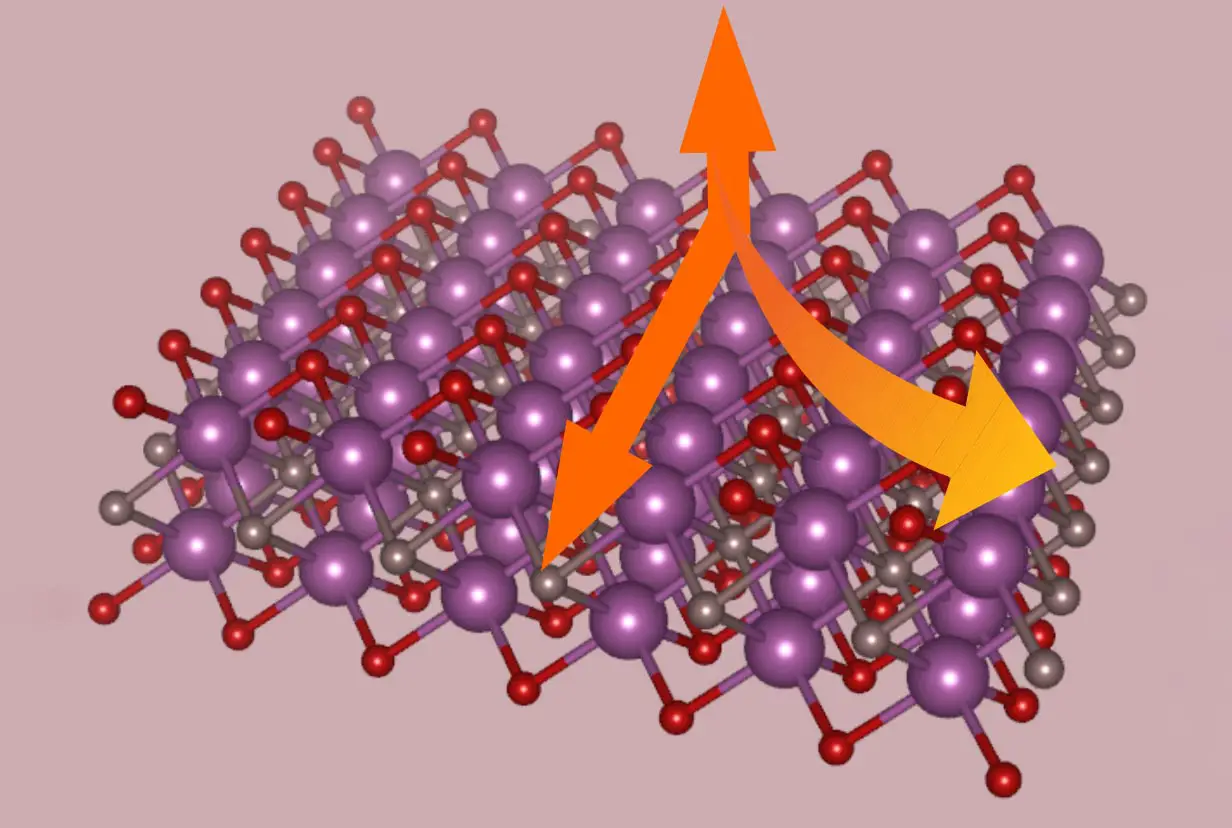Researchers created the ability to mass-produce nanomaterial called "MXene".
The nanomaterial "MXene" is the material that turns harder when somebody or something presses it. The "MXene" is one of the examples of 2D "molecular structures". When somebody talks about the 2D nanomaterial, normally people talk about the graphene, an atom layer of carbon.
The "molecular 2D" structures mean that the material is one layer of molecules like lipids. Those lipide molecules are forming soap, and sometimes those lipids are used as tweezers in nanotechnology. But if engineers will cover the entire layer using one lipide layer that material will get new abilities. The thing that makes the nanomaterial interesting is its form. When somebody tries to push one layer-lipids that are in the same way together the lipide's "feet" are pushing against each other.
"KIST researchers developed a method to predict molecule distribution on MXene, a nanomaterial, using its magnetoresistance property, paving the way for easier quality control and mass production. The research also highlighted MXene’s diverse applications based on the Hall scattering factor. Credit: Korea Institute of Science and Technology." (ScitechDaily.com/A Dream Nanomaterial: Breakthrough in Mass Production of MXene)
There is one thing that can revolutionize the armor and space technology. Those things are the "nanopyramids" the molecules that are forming a pyramid-shaped structure. If those pyramids are overlapping against each other. That thing makes it impossible to push anything through them if that material is created by using nanodiamonds.
In some other versions, the material's molecule structure looks like a prism or gable roof. If two "roofs " are against each other overlapping. That thing makes material also very hard to penetrate because the structure turns harder when somebody pushes it.
The nanotechnology is a tool that makes the new types of materials possible. Those nanomaterials can make the fundamental applications in civil and military products possible. The nanomaterial called "MXene" is one of the promising things for new types of armor. The nanomaterial's structure that you see in the image is like small "pyramids".
When something hits or presses that material, the molecule's feet are pressing against each other. And that thing makes it hard to press that structure together. So the "MXene" is the material that turns harder when something presses it. That nanomaterial looks like soap lipids. When we think possibility of covering large surfaces by using one molecule layer of those lipids, that thing makes it possible to create a new type of surface, that can turn hard and stand against hard strikes.
https://scitechdaily.com/a-dream-nanomaterial-breakthrough-in-mass-production-of-mxene/



No comments:
Post a Comment
Note: Only a member of this blog may post a comment.